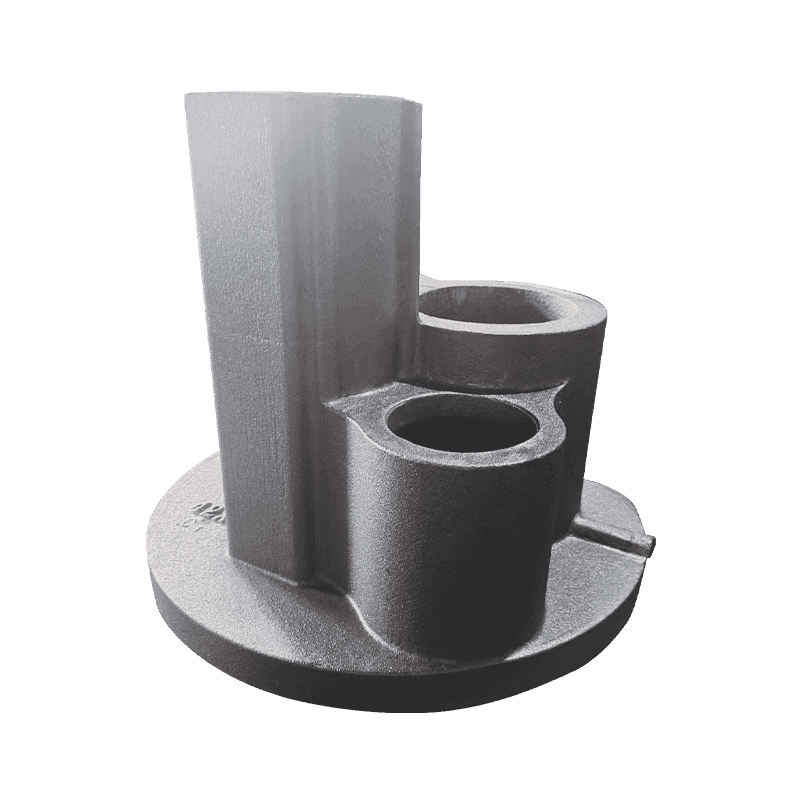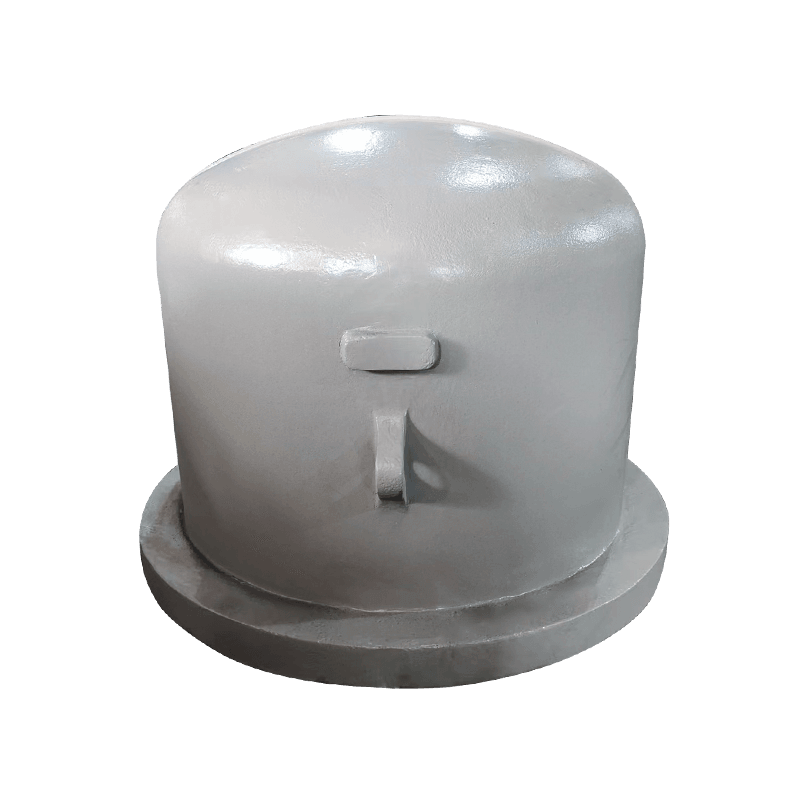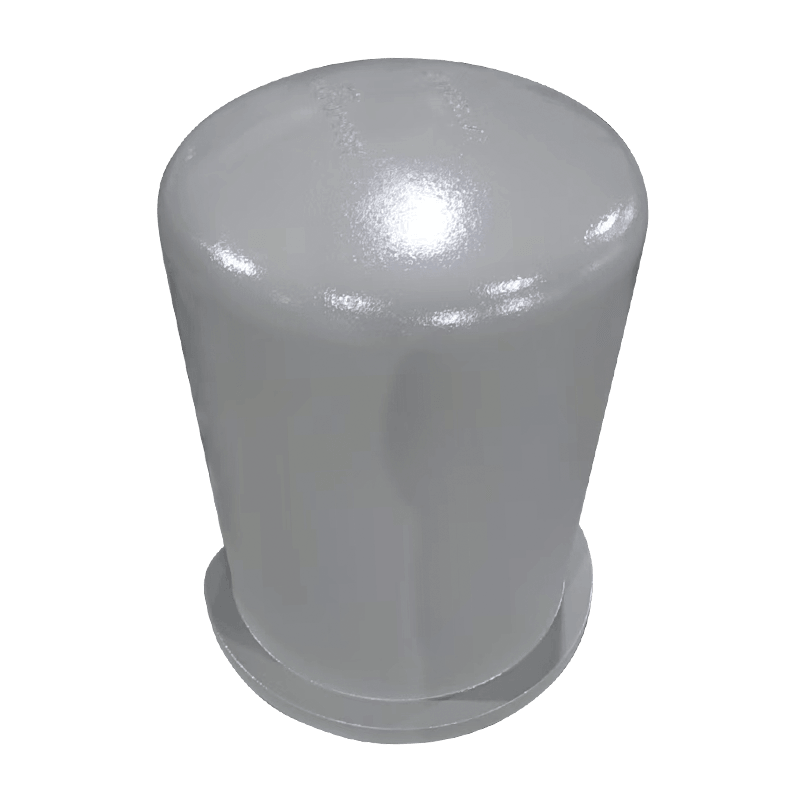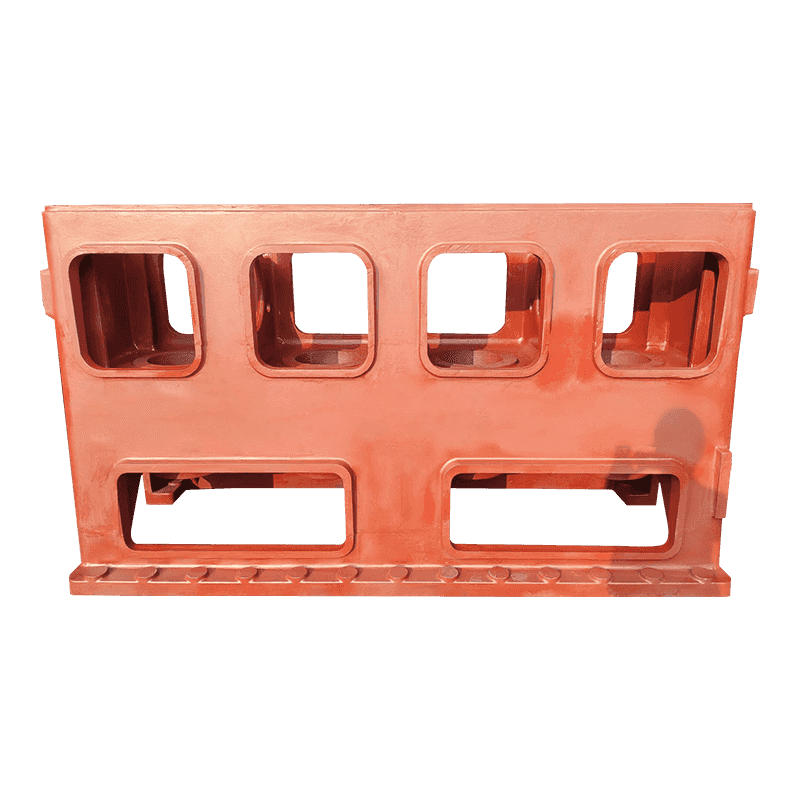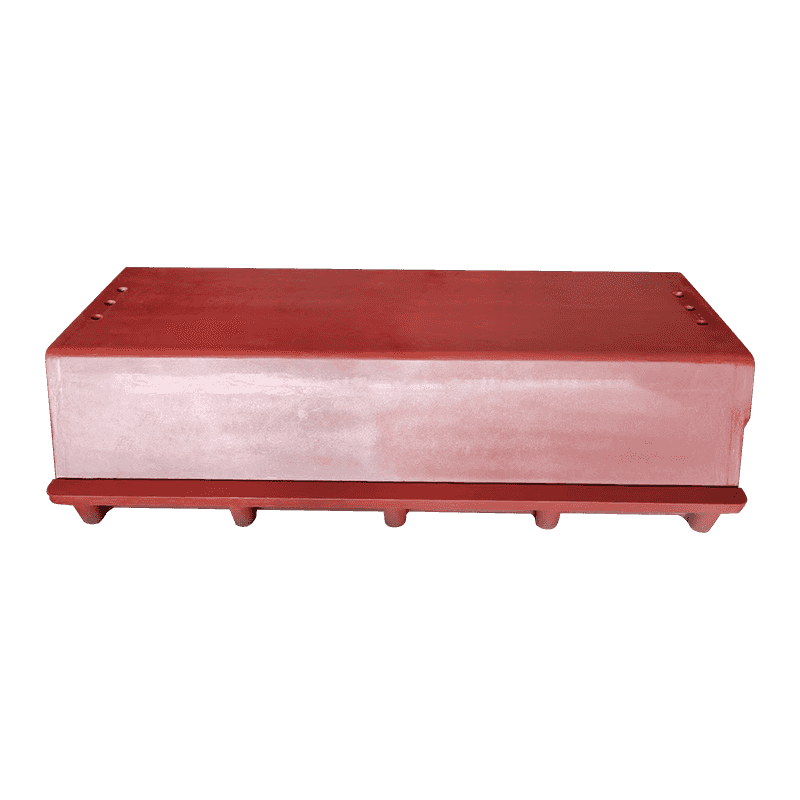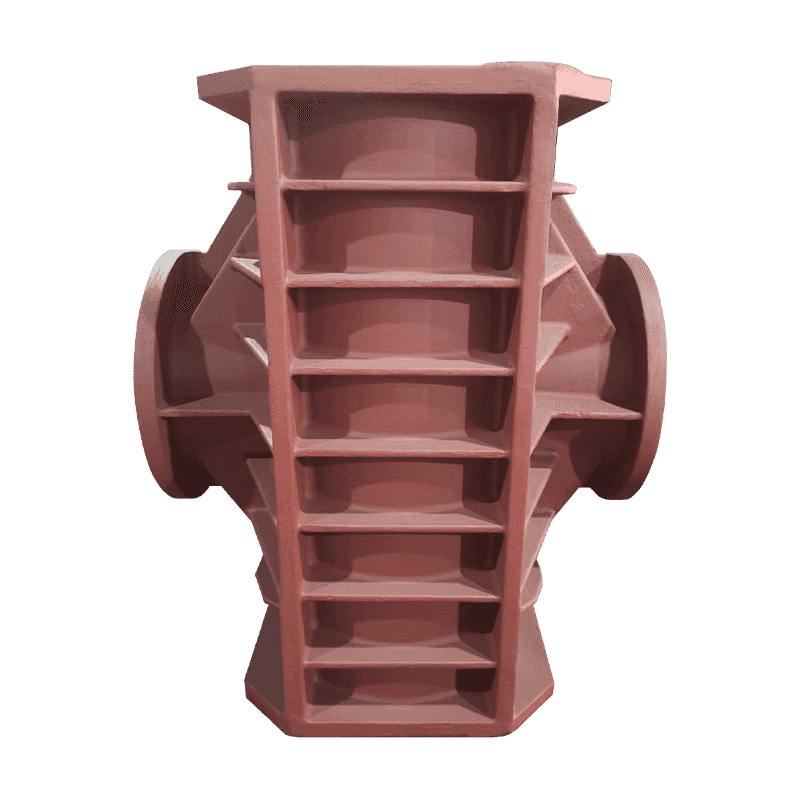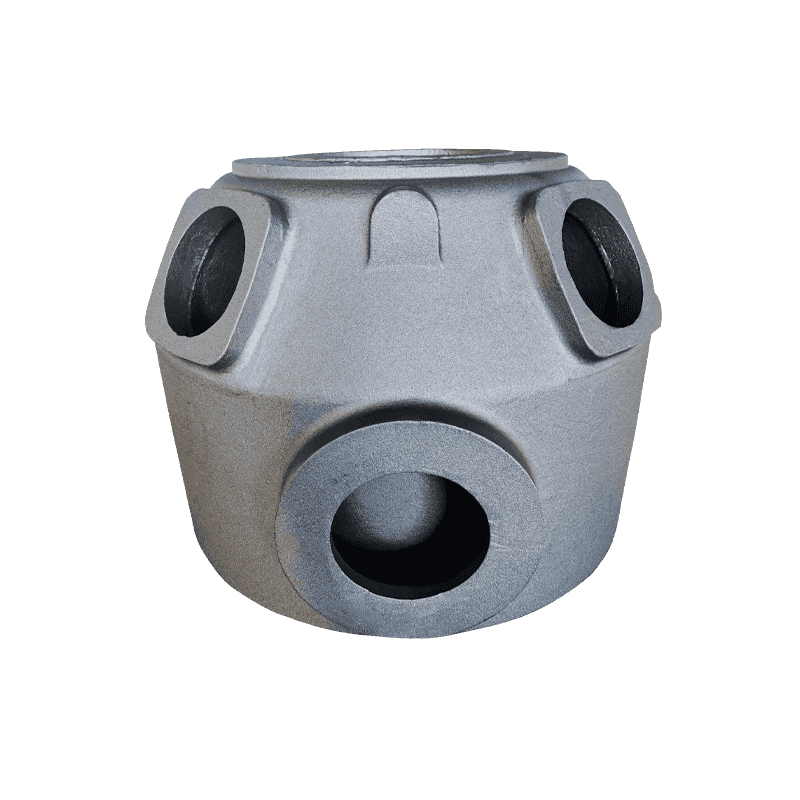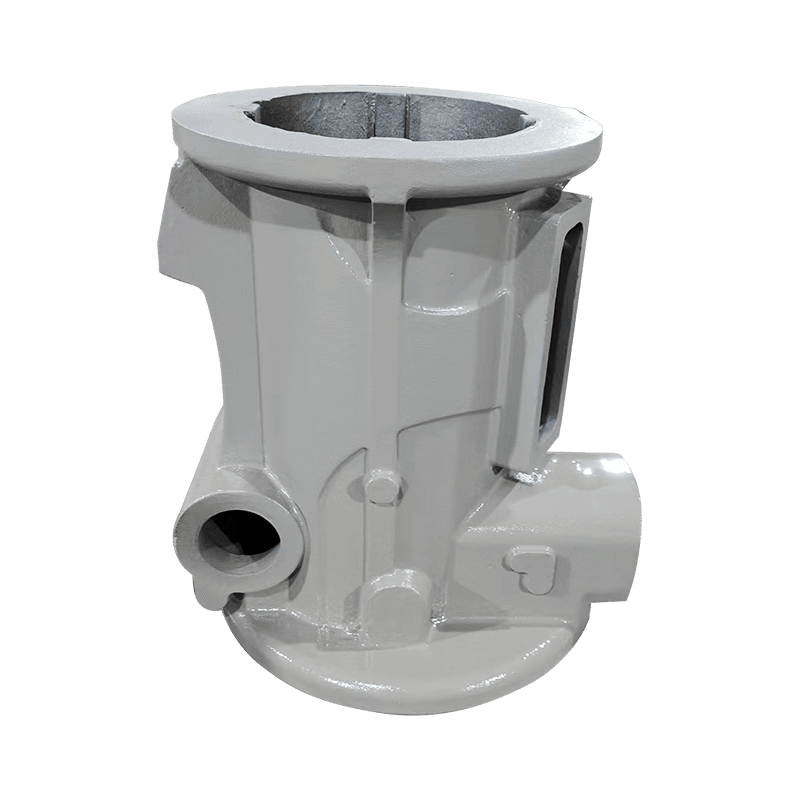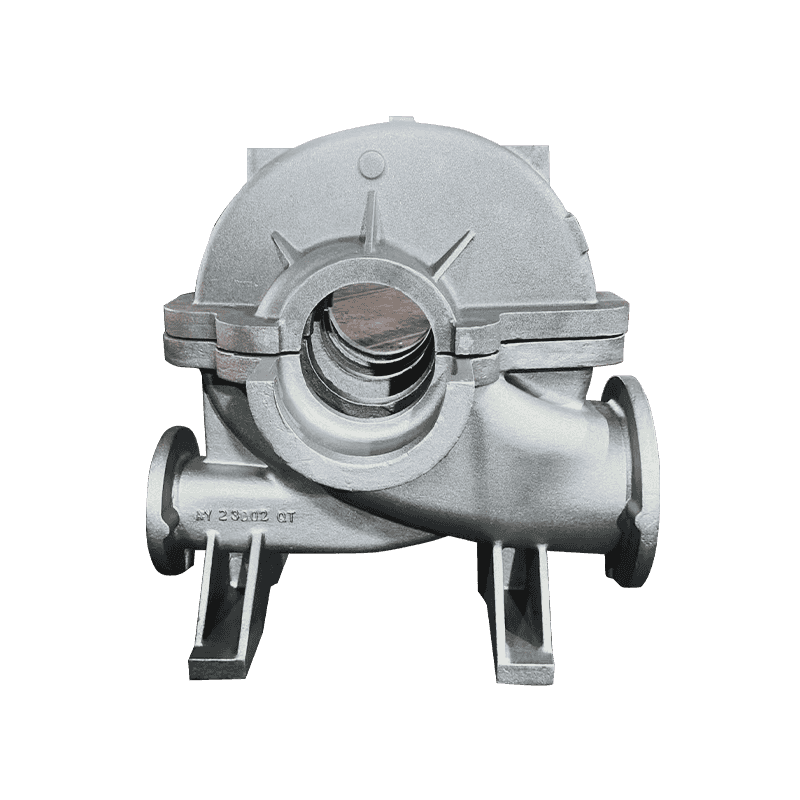Machine tool castings form the core structural framework of precision machining equipment, directly influencing their mechanical stability. The inherent rigidity of a high-quality casting minimizes deflection and bending under load. During precision machining, even minute deviations in the machine's structure can result in dimensional inaccuracies in the finished product. Therefore, castings with optimal rigidity are critical in preventing structural deformation during heavy machining tasks, ensuring that the cutting tool follows the intended path without any mechanical drift. This consistency is crucial for producing parts within tight tolerances, particularly in industries such as aerospace, automotive, and medical device manufacturing, where precision is paramount.
Vibration is one of the most significant factors that can degrade the precision of machining operations. Machine tool castings are typically designed to possess high damping capacity, which helps absorb and dissipate the vibrations generated by the cutting forces during machining. Excessive vibration can cause surface roughness, dimensional inaccuracies, and premature wear of both tools and machine components. Castings with effective vibration dampening properties help maintain smoother tool operation, reduce chatter, and ultimately improve the surface finish of machined parts. By absorbing vibrational energy, the casting ensures that the cutting tool stays in optimal contact with the workpiece, contributing to the overall precision and reliability of the machining process.
The dimensional accuracy of the casting itself is a fundamental factor that influences the performance of the entire machine. Castings with tight tolerances ensure that all machine components, such as guide rails, spindles, and cutting heads, are properly aligned and mounted with precision. Any casting irregularities or misalignments can lead to cumulative errors in machine positioning, resulting in reduced machining accuracy. To achieve high precision, modern casting processes incorporate advanced quality control techniques, including 3D scanning and computerized measurement systems, to verify the dimensional fidelity of castings. By ensuring that the castings are accurate from the outset, manufacturers can significantly reduce assembly errors and improve the overall performance of the machine.
Precision machining operations often generate significant heat due to friction between the cutting tool and the workpiece. Machine tool castings made from thermally stable materials help to mitigate the effects of temperature fluctuations during machining. Castings with low thermal expansion coefficients are less prone to dimensional changes under varying temperatures, maintaining the machine’s structural integrity and alignment even during intensive machining cycles. This is particularly important in high-precision machining, where even small temperature-induced distortions can lead to deviations in part geometry. By providing thermal stability, machine tool castings contribute to consistent, repeatable accuracy and reduce the risk of thermal distortion affecting the machining process.
Machine tool castings are subject to wear over time, especially in high-load, high-speed machining environments. The choice of materials and the quality of the casting process significantly impact the wear resistance and longevity of these castings. High-quality castings are designed to withstand the stresses and strains of long-term operation without significant deformation or degradation. This durability ensures that the machine maintains its precision and efficiency over an extended period, reducing the frequency of maintenance, recalibration, or part replacements. A long-lasting casting contributes to the overall lifecycle of the machine, ensuring that it continues to deliver accurate and efficient machining performance throughout its operational life.

